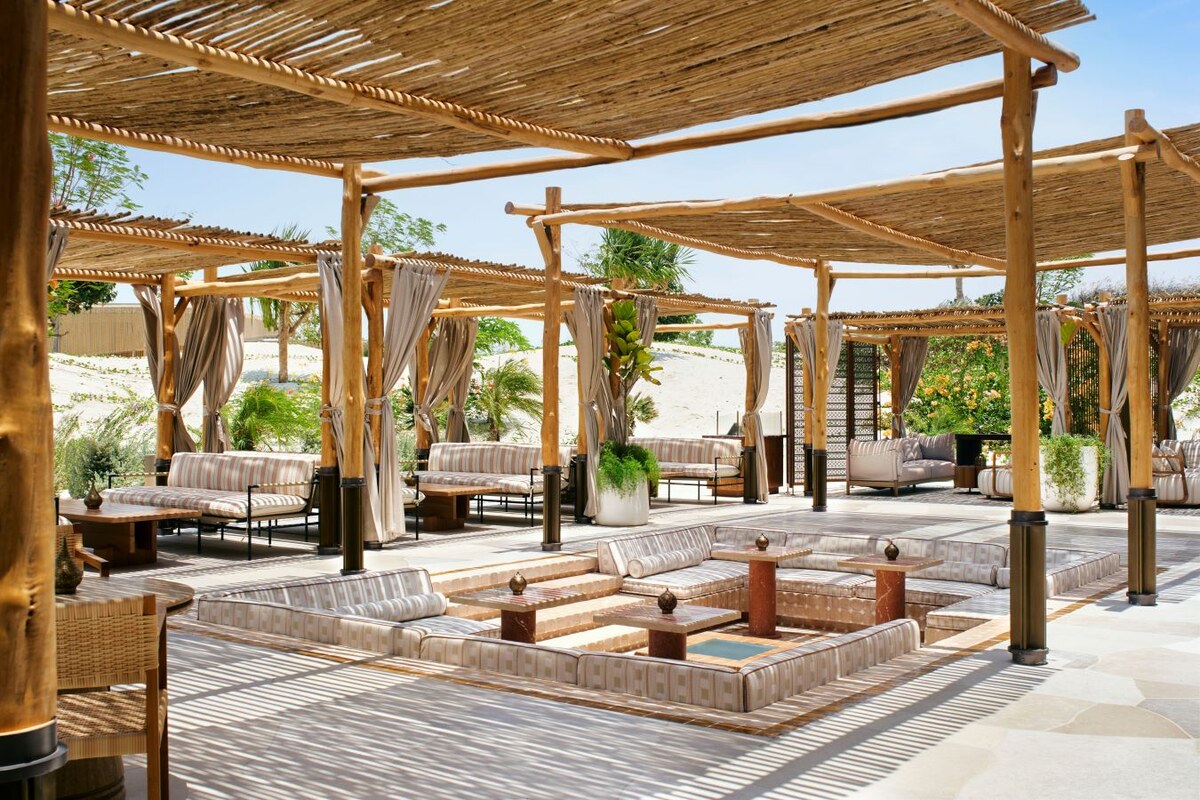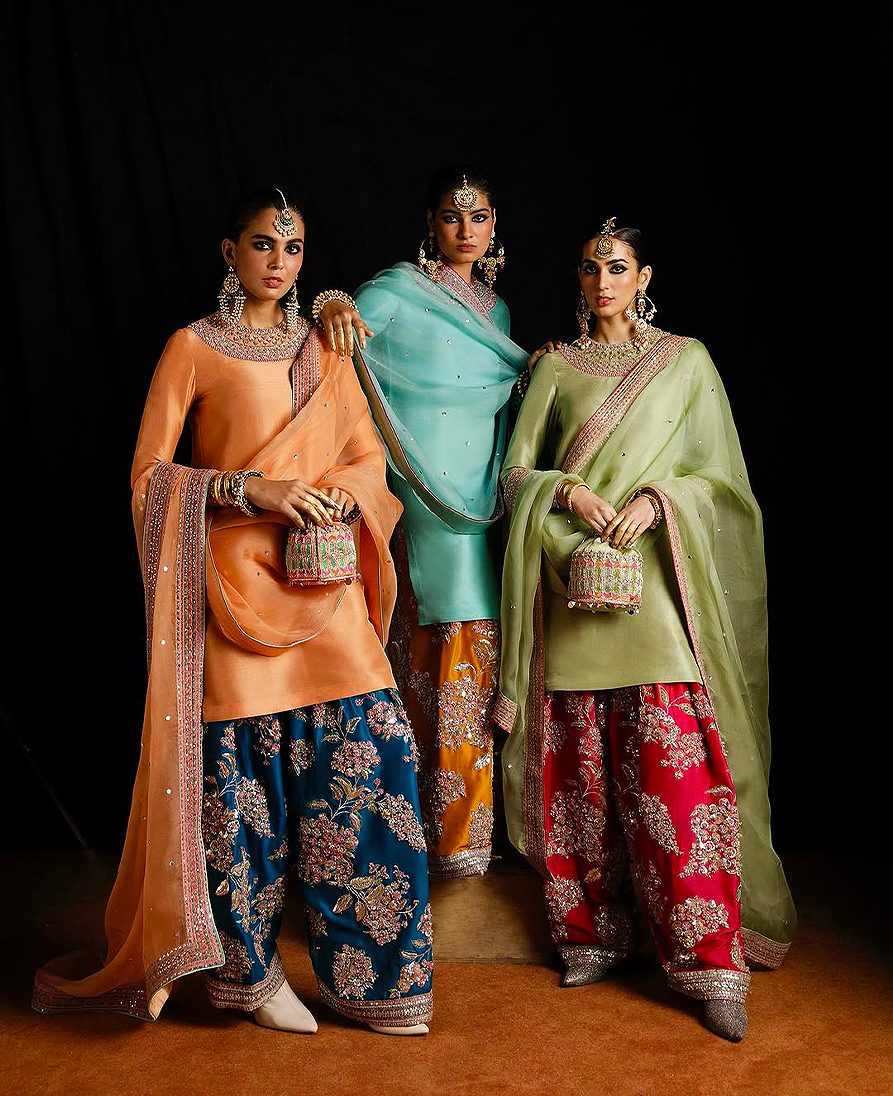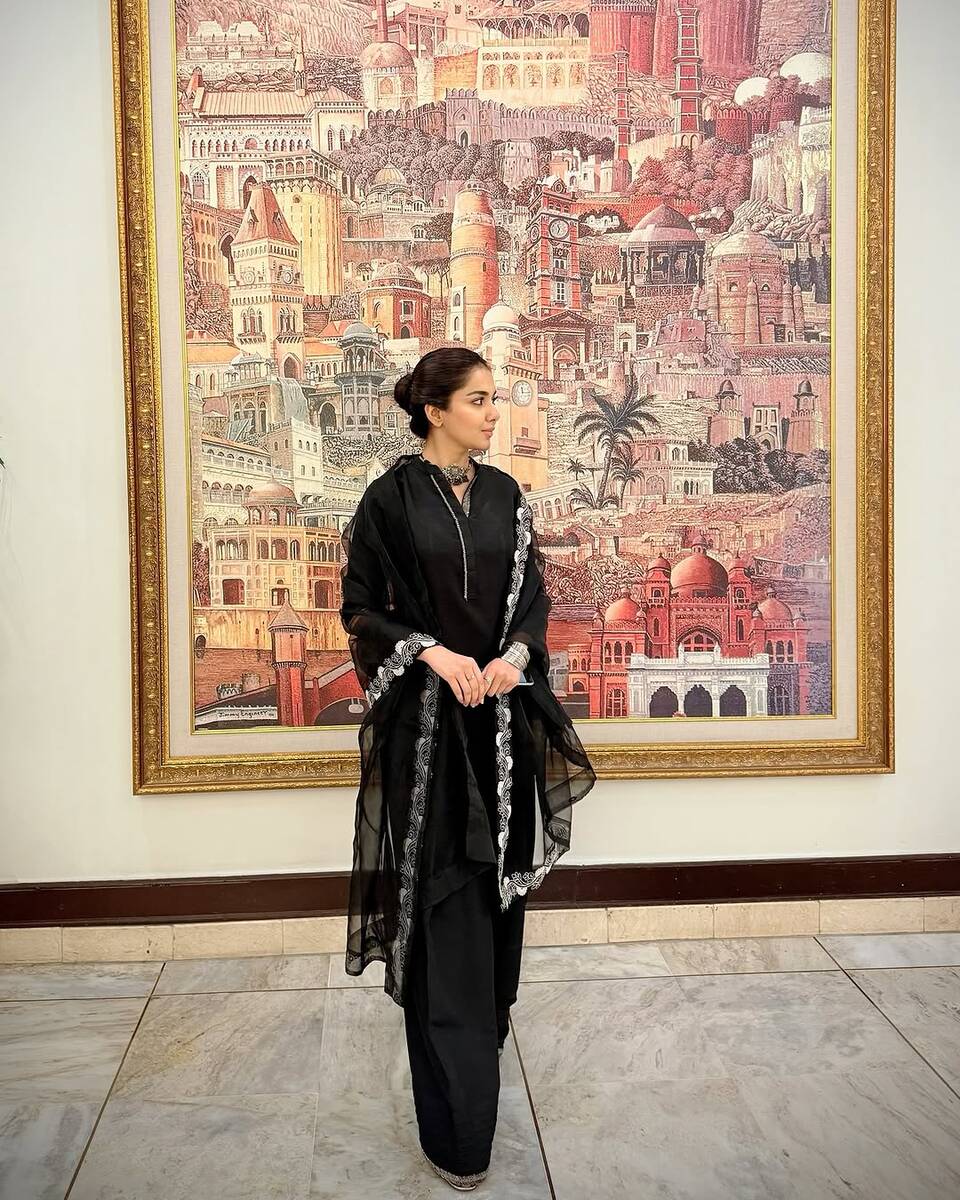DUBAI: In his thirties, Sergio Cruz was a marketing manager, working a typical office job in his home country, Portugal. Then, he made the bold decision to change careers.
Cooking had always been a part of his life — “I would come from school, and my mother would just prepare me a steak or fish, and I would help her. I was quite independent from a young age, so I would cook for myself,” he tells Arab News — but he could no longer ignore that it was also his passion.
“It just came out naturally. I always want to learn things and, in the kitchen, there is a lot to learn. There are so many different types of cuisines. It is a constant evolution and you are always learning,” he says.

Jamaa - Beach and Pool Lounge. (Supplied)
Cruz began his culinary career as a trainee chef before moving to Switzerland, where he spent five years refining his craft before taking on his first chef’s position, in Dubai.
Now, Cruz is chef de cuisine at Jamaa — an alfresco casual-dining venue in Saudi Arabia’s Nujuma, a Ritz-Carlton Reserve located just off the coast of the Kingdom in the Red Sea.
Here, Cruz talks cooking times, anchovies, and the dish that brings back childhood memories, and offers a salmon and barley risotto recipe.
When you started out as a chef, what was the most common mistake you made?
Probably over- or under-cooking. New chefs tend to get a bit anxious, and my best advice would be to familiarize yourself with different cooking times, taste as you go, and try different things. It can be very helpful to make some notes about what works and what doesn’t. It’s just trial and error, really.
What’s your top tip for amateur chefs?
It’s like any new skill; to get better, you must learn the basics. So, you need to acquaint yourself with chopping techniques, cooking temperatures for different ingredients… that sort of thing. And it’s very important to have a sharp knife.
What one ingredient can improve any dish?
Anchovies. They are super savory. They are compact packages of salt. They are fishy, but not as pungent as their smell would suggest. This is my favorite ingredient to boost a dish.
When you go out to eat, do you find yourself critiquing the food?
Not really. I just want to enjoy my time with my wife. And chefs put so much passion and hard work into the preparation, so I just really appreciate the effort, and I just want to have a good time. I can be a bit more demanding when it comes to the service and the atmosphere of a restaurant, but not much when it comes to the food.
What’s the most common mistake you find in other restaurants?
When I go out to eat, I do not want, for example, someone from the service team to come around too often. I work in a fast-paced environment with lots of pressure. When I go out to eat, I just want to be left alone. If I need something, I’ll call them.
What’s your favorite cuisine?
Japanese and southeast Asian cuisine, like Thai or Vietnamese. And, of course, I love Portuguese cuisine — especially homemade. I just love simple meals, especially the ones made by my wife. She is Asian, so I tend to let her cook, and also try to learn a bit more about their preferences and also their culture.
What’s your go-to dish if you have to cook something quickly at home?
Definitely pasta. It’s very simple. The ingredients are always available. It’s incredibly easy to make in a short amount of time, and it’s always going to taste good. So, for example, spaghetti with garlic and olive oil is very easy and it’s my favorite pasta. Even pasta with just tomato sauce is great.
What customer request most annoys you?
Asking to change an ingredient in a dish. It can change the whole balance of the dish. At the same time, though, I’ve also learned that I need to be flexible. You want to make the guest happy.
What’s your favorite dish to cook?
It’s a seafood rice dish that reminds me of my childhood. It’s the ultimate Portuguese comfort food. My hometown is near the sea, so you can get incredible seafood dishes. This one seafood rice dish has plenty of garlic. It’s a delicious way to enjoy all types of fish and seafood. It brings family and friends together for celebrations.
What’s the most difficult dish for you to get right?
I’d say the most difficult can be the ‘simplest’ things, like pasta or even pizza — because everyone has tried it before.
As a head chef, what are you like? Are you a disciplinarian?
You can’t run a kitchen without discipline. Everyone needs to be focused. But I don’t believe discipline comes from shouting; it comes from mutual respect. If I respect the team, they will respect me back. I very rarely shout. It needs to be something really bad for me to get to that point. I always try to have a good relationship with all the chefs. I need to really create an environment where the team is happy.
RECIPE: Chef Sergio’s barley risotto with pan-seared salmon

For the creamy zucchini sauce
INGREDIENTS:
1 medium onion, cut 1/2-inch; 6 cloves garlic, smashed; 24 ounces zucchini, skin on cut in 1/4-inch slices; 2 tablespoons extra virgin olive oil; 1/2 cup chicken or vegetable broth; salt and black pepper to taste
INSTRUCTIONS:
1. Toss the zucchini, garlic, and onions with olive oil and sprinkle with salt and pepper. Cover with the broth and cook in a saucepan for 25 minutes until tender.
2. Remove the vegetables from the pan and transfer them to a blender. Puree until smooth. Set aside.
For the pearl barley risotto
INGREDIENTS: 250g pearl barley; 1 small onion, finely chopped; 2 cloves garlic, minced; 1000ml low salt vegetable or chicken stock; zest of 1 lemon; juice of 1 lemon; 2 tbsp olive oil; 1 tbsp unsalted butter; 1/2 cup parmesan cheese, freshly grated, salt and pepper to taste
INSTRUCTIONS:
1. Heat the olive oil in a large saucepan over medium heat. Add the chopped onion and garlic and sauté until they become translucent (about 2-3 minutes). Add the pearl barley to and toast for 1-2 minutes, stirring constantly.
2. Start to add in the hot vegetable stock gradually, one ladle at a time, stirring constantly. Allow the liquid to be mostly absorbed before adding more broth. Continue this process for about 20-25 minutes, or until the pearl barley is tender but still slightly al dente.
3. When the pearl barley risotto has finished cooking, add the zucchini sauce and stir in the lemon zest and lemon juice. Season with pepper to taste.
4. Remove the risotto from the heat and stir in the butter and grated parmesan cheese for added creaminess.
For the pan-seared salmon
INGREDIENTS: 1 tbsp extra virgin olive oil; ½ teaspoon kosher salt; freshly ground black pepper; 1 (six ounce) salmon fillet, 1¼ inch thick, skin on
INSTRUCTIONS:
1. When the pearl barley is 10 minutes from done, preheat a 12-inch non-stick skillet over medium-high heat. Season the salmon with salt and a few grinds of pepper. When the skillet is hot, add enough oil to coat the bottom (about 2 tbsp) and wait for the oil to shimmer but not smoke.
2. Sear the salmon. Once shimmering, turn the heat to medium-low and add one salmon filet with the skin-side down. Press the top with a fish spatula for about 10 seconds, which prevents the skin from curling.
3. Resist the urge to fiddle with the fillet as it cooks. Letting the fish sear untouched in hot oil creates a lovely, flavorful, golden crust. Cook until the skin is golden and crispy (about 4 minutes). If the skin is sticking to the pan, allow the fish to cook a little longer.
4. Carefully flip the salmon and reduce the heat to medium. Continue cooking until done to your liking (2 to 3 minutes depending on the thickness of the salmon).
Tip: You can add one or two unsalted butter cubes, crushed garlic and thyme sprigs. Baste by spooning the butter over the top of the fish.
ASSEMBLY:
Divide the pearl barley risotto evenly across the plate. Once the salmon is done, carefully transfer it to the pearl barley risotto. Garnish with microgreens or fresh dill.
























